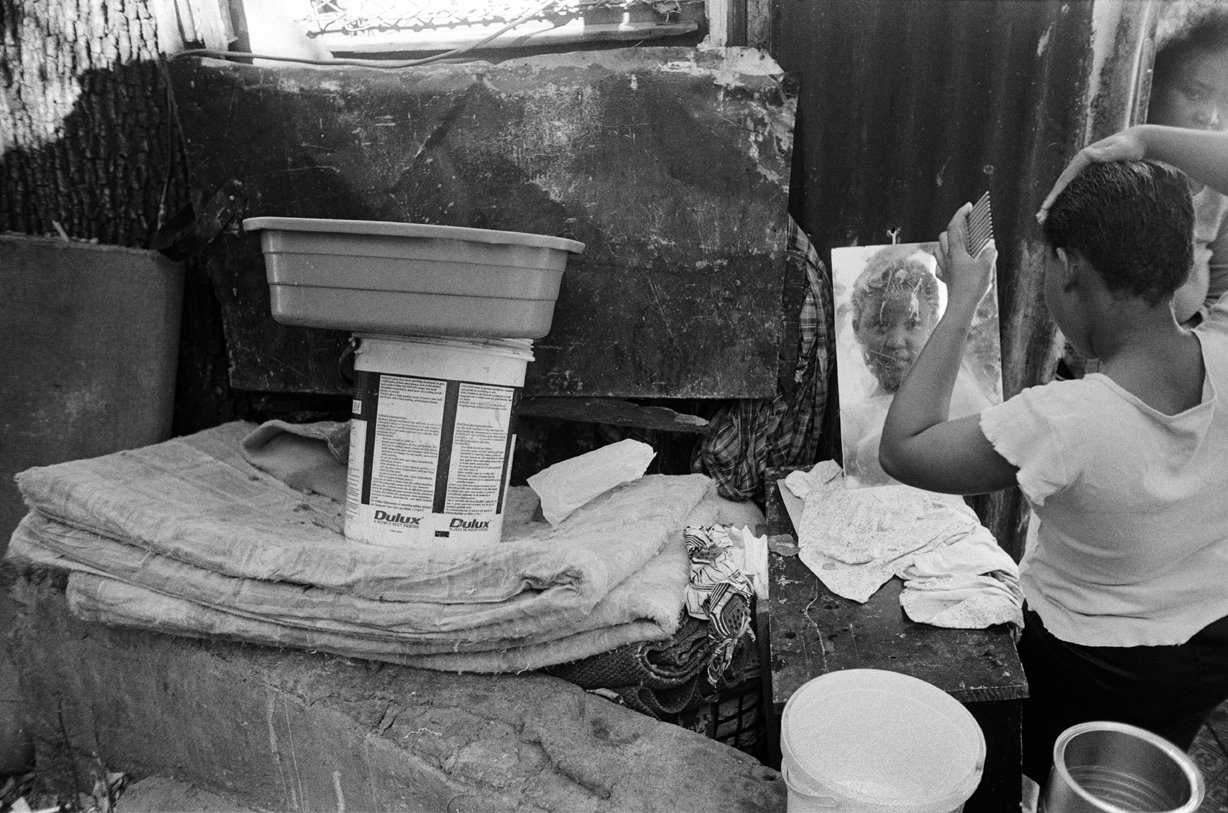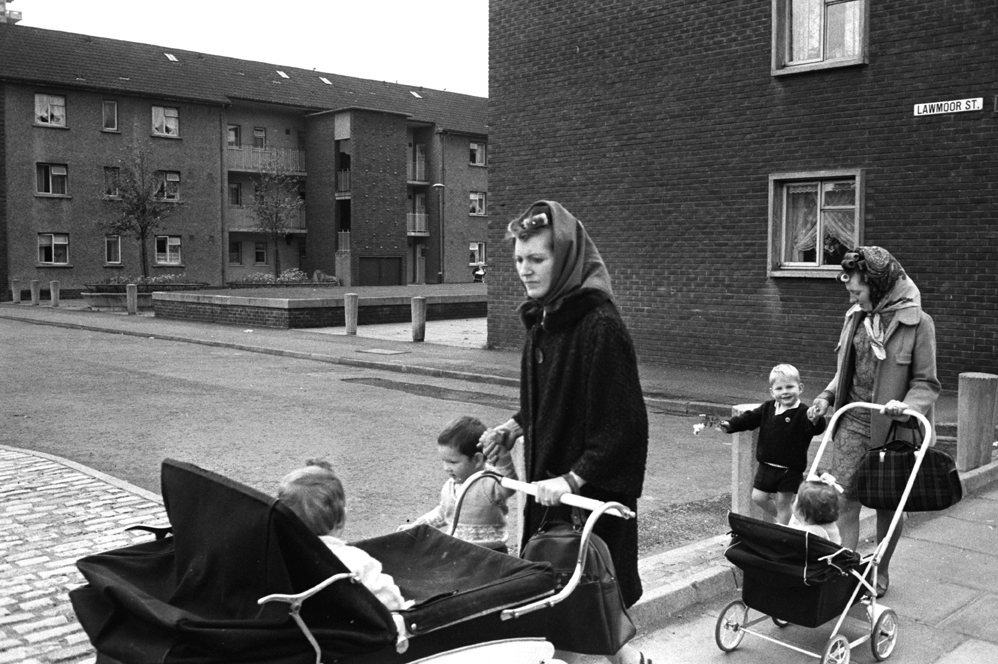Jürgen Schadeberg
The Compassionate Eye
14.02.23 > 08.04.23
In keeping with its ambition to showcase the diversity and dynamism of the South African art scene, both emerging and historic, Bonne Espérance is pleased to present an exceptional body of work by photographer Jürgen Schadeberg.
While the exhibition dedicated to Schadeberg in 2021 focused on his work from the 1950s and the direct effects of the apartheid policy, this new body of work, composed of fifteen silver handprints, all printed by the artist, explores two distinct phases of Schadeberg’s life and complex trajectory: the ‘English’ and ‘Scottish’ years from 1964 onwards, and those of his return to South Africa from 1985 on
Considered the father of South African photography, a major figure in the documentary movement, and photo director of the only magazine at the time for Black South Africans, Drum, from 1951 to 1959, Jürgen Schadeberg’s contribution is considerable both aesthetically and socio-politically. At the time, he was one of few whites to work among black communities and to unambiguously espouse their cause. One could say that all his life, Jürgen Schadeberg focused his lens on social justice issues. Born in Berlin in 1931, Schadeberg grew up in Nazi Germany, emigrated to South Africa at the age of 18 (to join his mother and her British soldier husband) only to arrive at the moment when apartheid was established.
Famous for his portraits of Nelson Mandela, of whom he was a faithful companion, and for his mischievous and glamorous way of documenting the South African jazz scene of the 1950s, his sensitive and humanistic eye, and his appetite for difficult terrain, naturally lead him to the margins, to communities that are often invisible and suffering. Jürgen Schadeberg’s work is part of history, at one with it in its darkest and most optimistic hours.
Whether he is walking through the deprived area of The Gorbals in Glasgow, the crowded pubs of London or meeting the inhabitants of the Township and squats in Johannesburg deprived of everything, Schadeberg tries to capture in these modest conditions, in the fragility of the circumstances, despite the noise and the anxiety, all the interiority and the individuality of the people. Although he often photographs the collapse, its palpable imminence, in different parts of the world, Schadeberg never sinks into pathos. Street portraits, young and old, scenes of everyday life, each image is a precise encounter, a life in progress. And it becomes a little story, a genre scene. Schadeberg is not an interventionist, he lets things happen, he finds himself among them. The notions of domesticity, sociability, interaction, play and chance are at the heart of his work.
Resolutely poetic and subjective, Jürgen Schadeberg’s work is now part of prestigious collections, including those of La Maison Européenne de la Photographie, the BnF and the Fnac in France, the Victoria & Albert Museum, the Tate and the Arts Council in the United Kingdom, the Daimler Chrysler Collection in Berlin, and numerous South African institutions.



